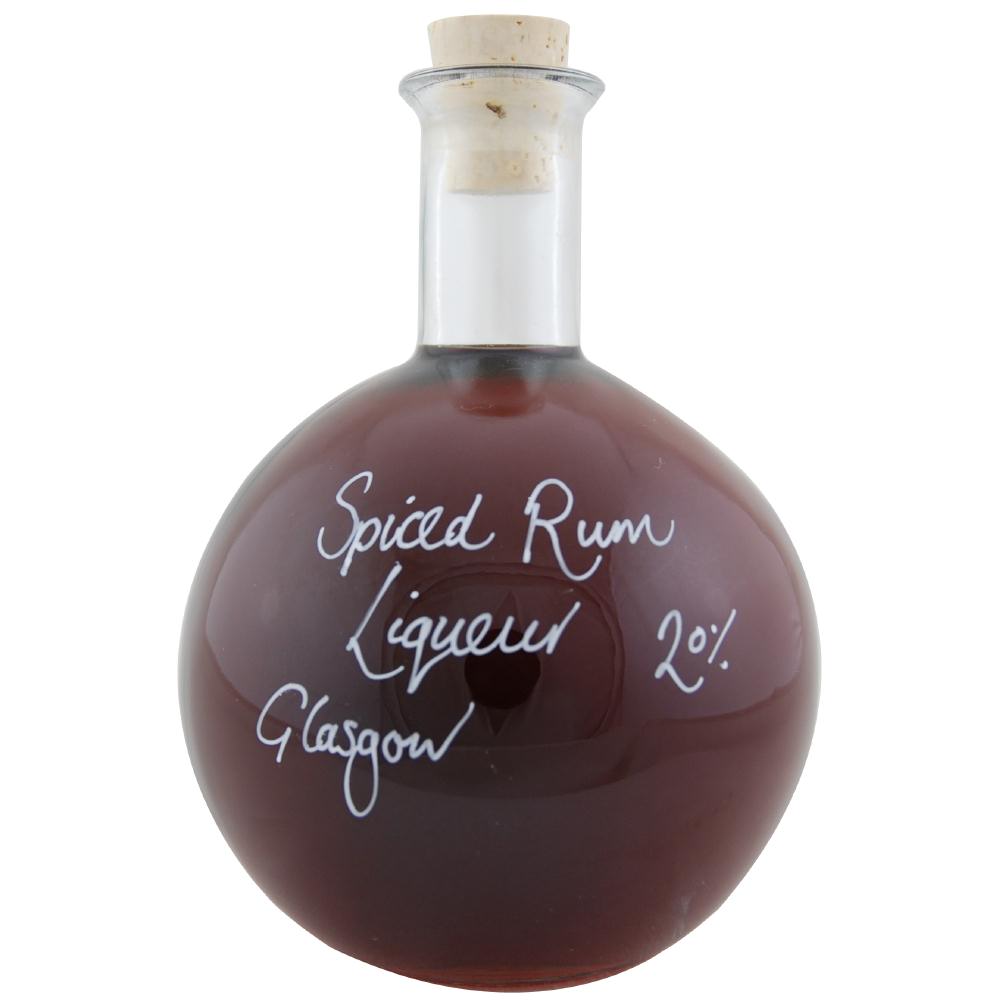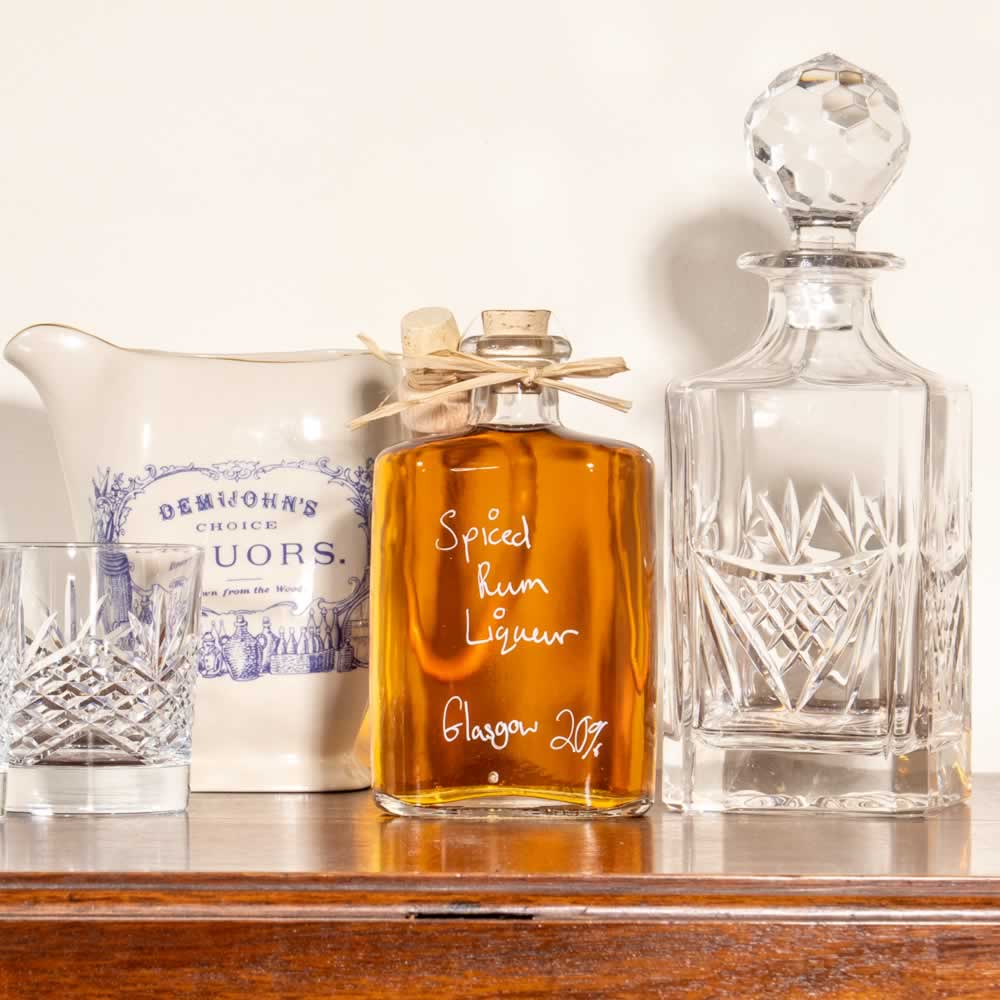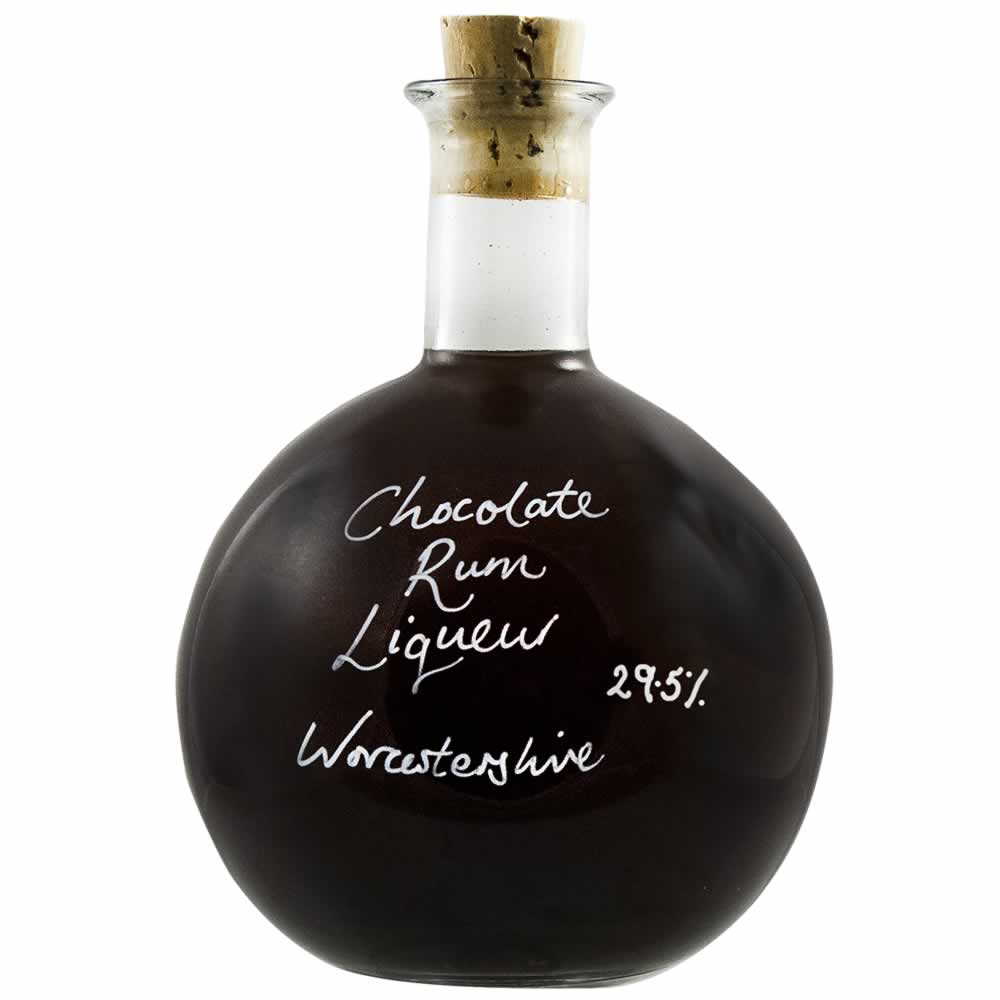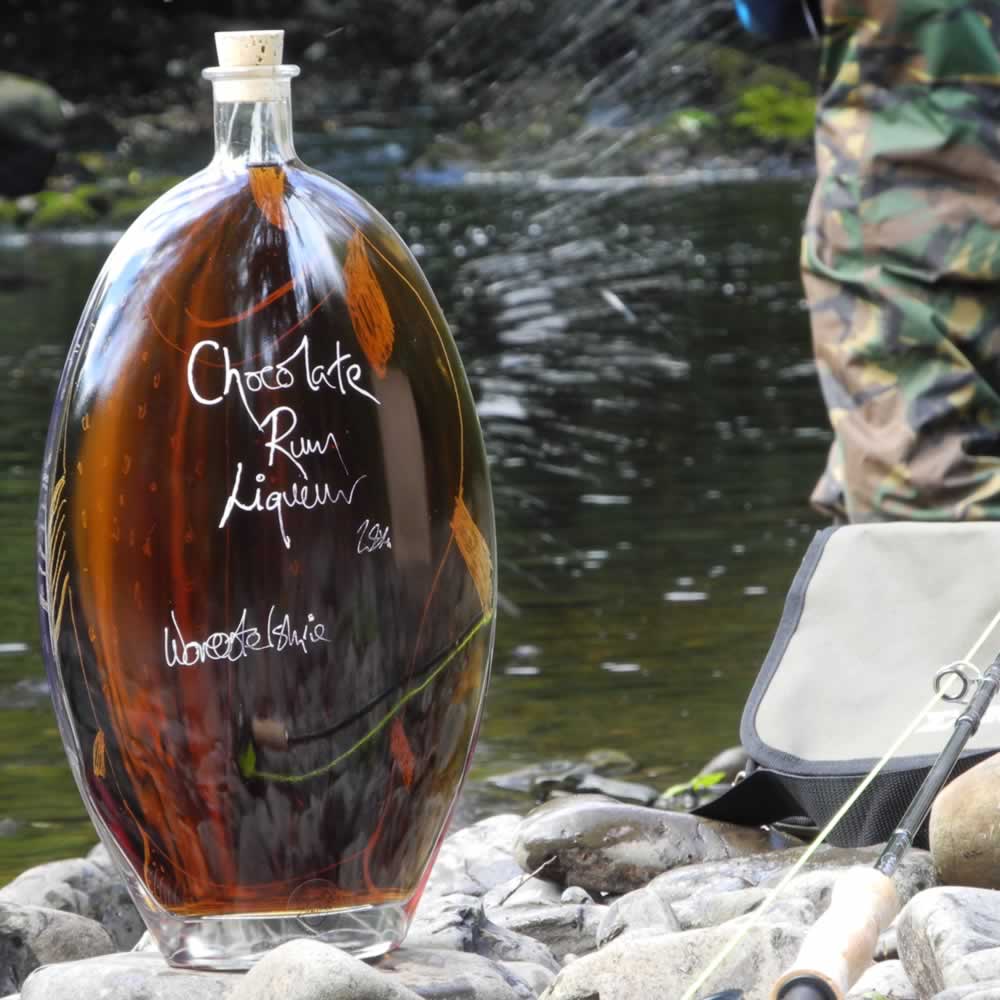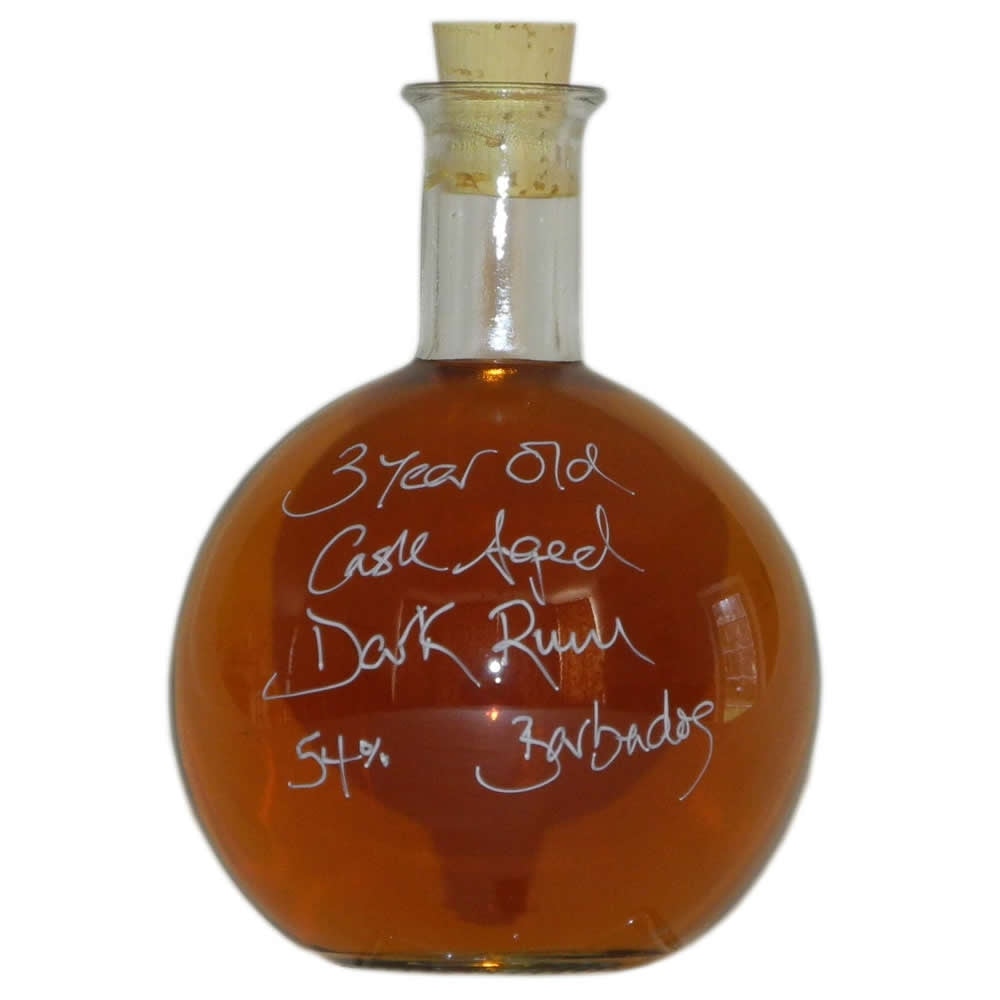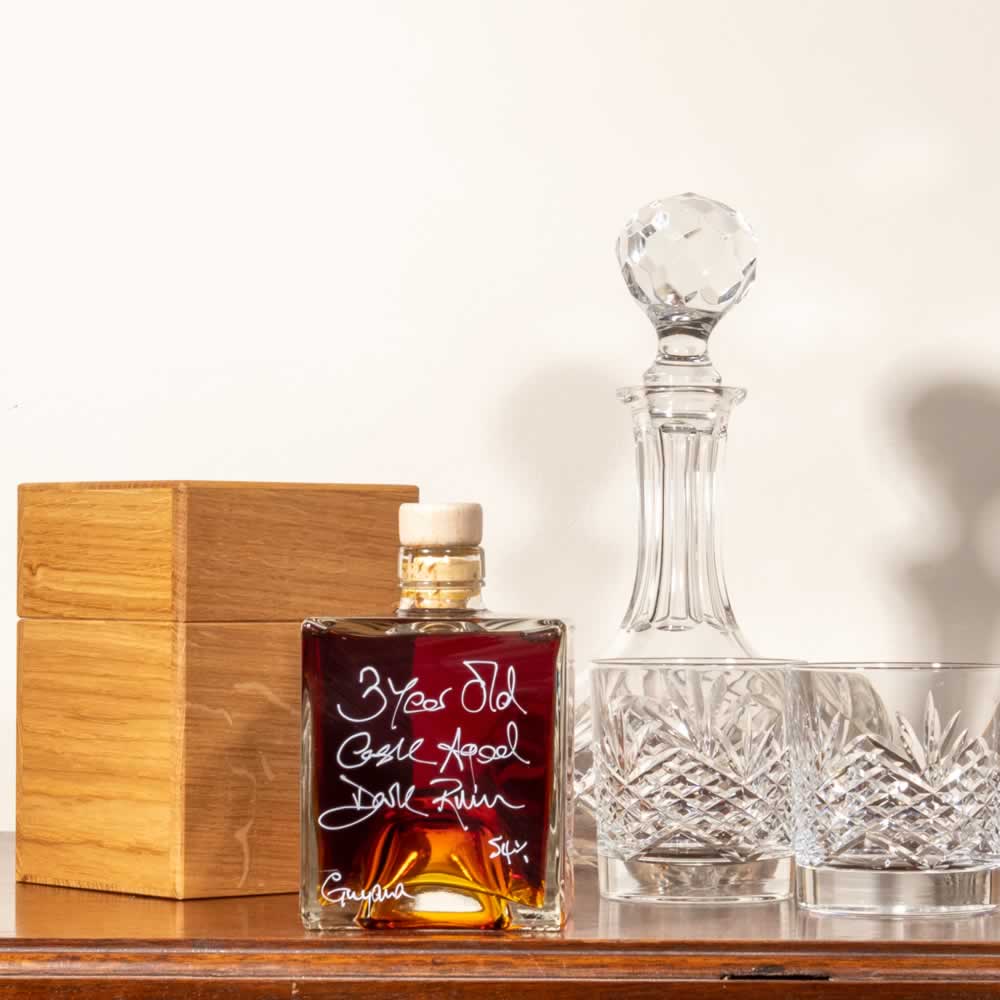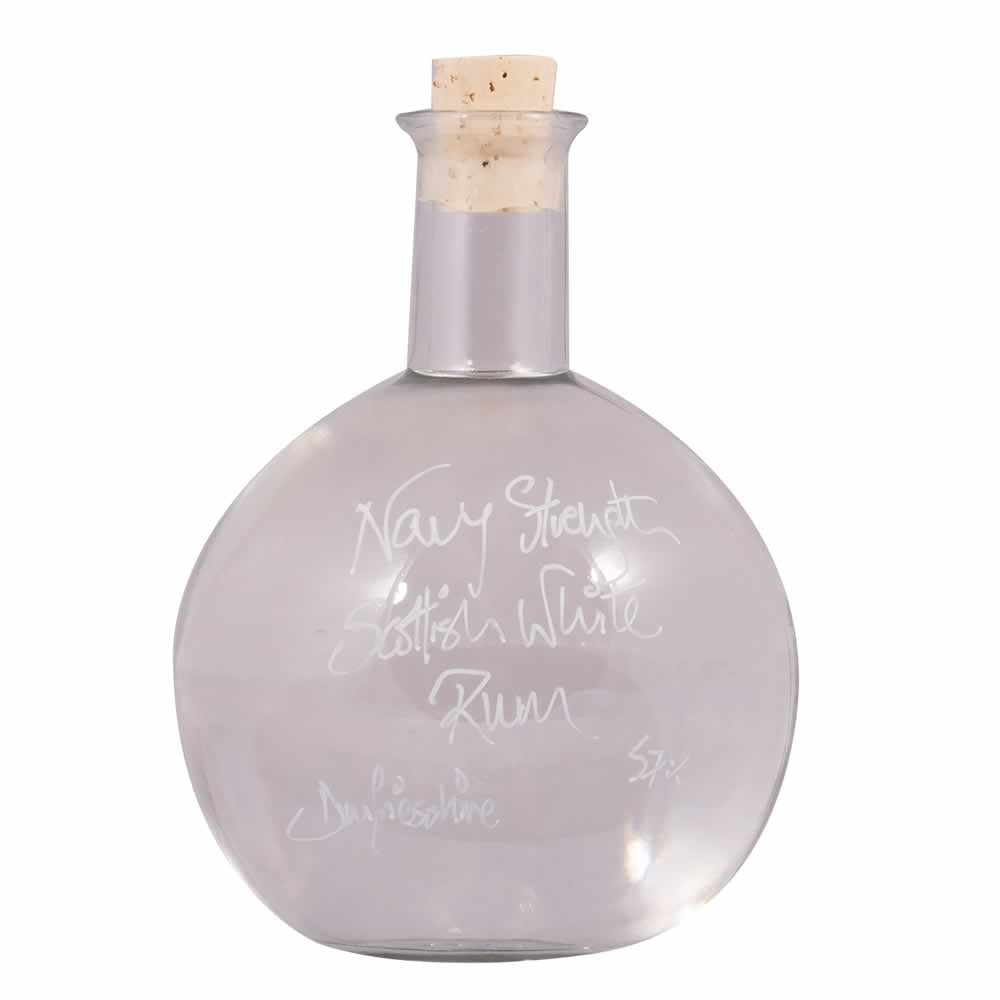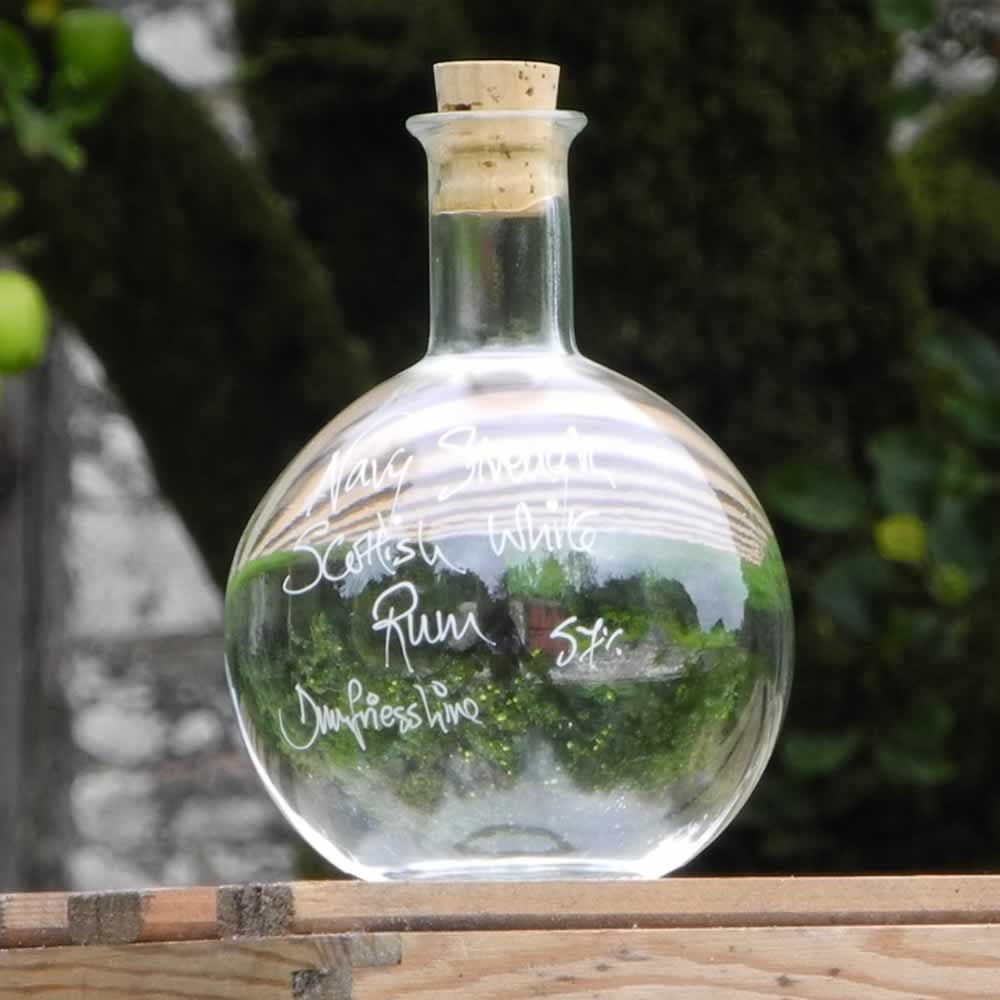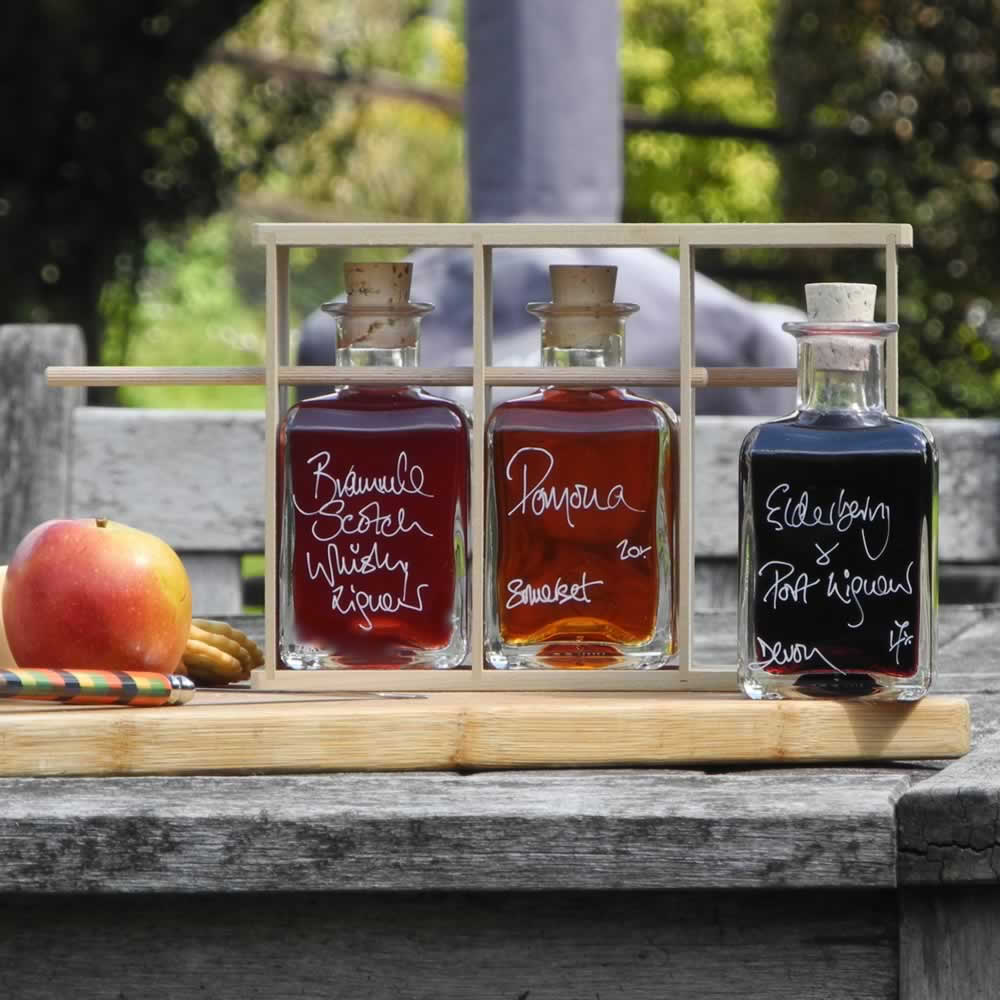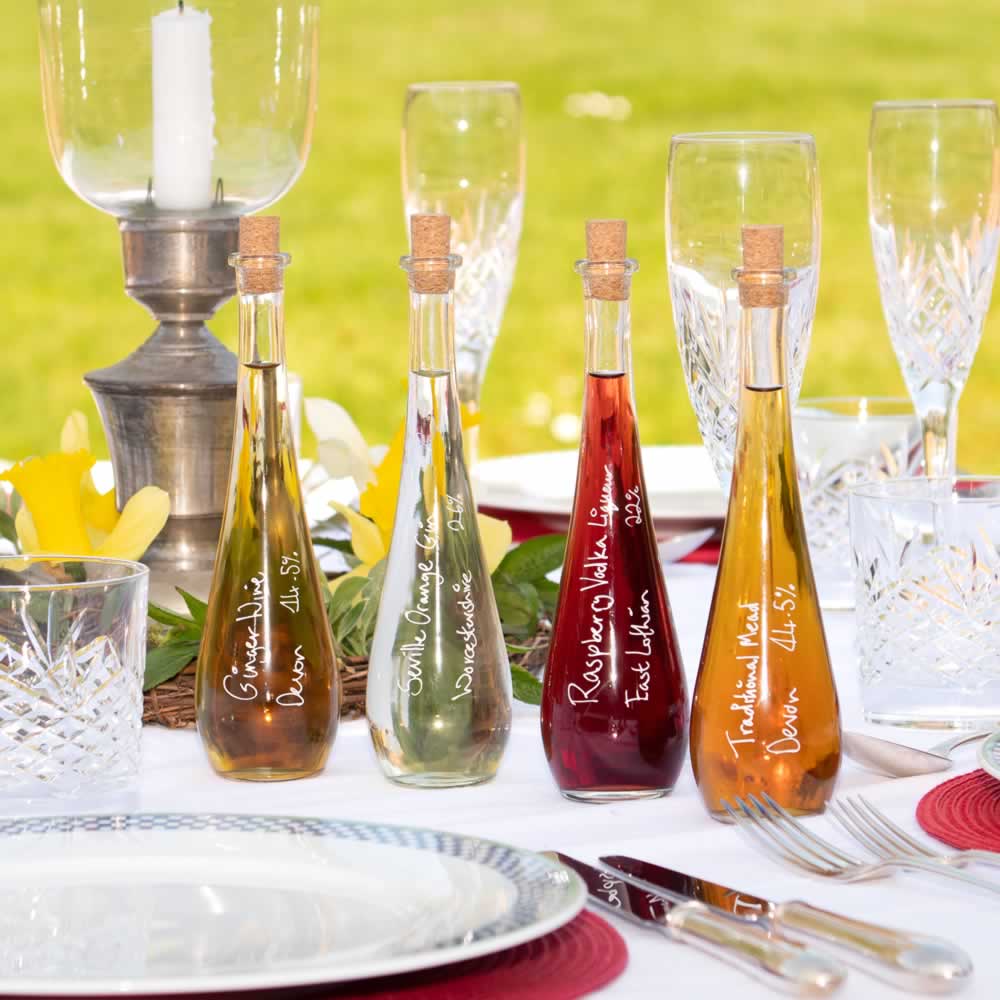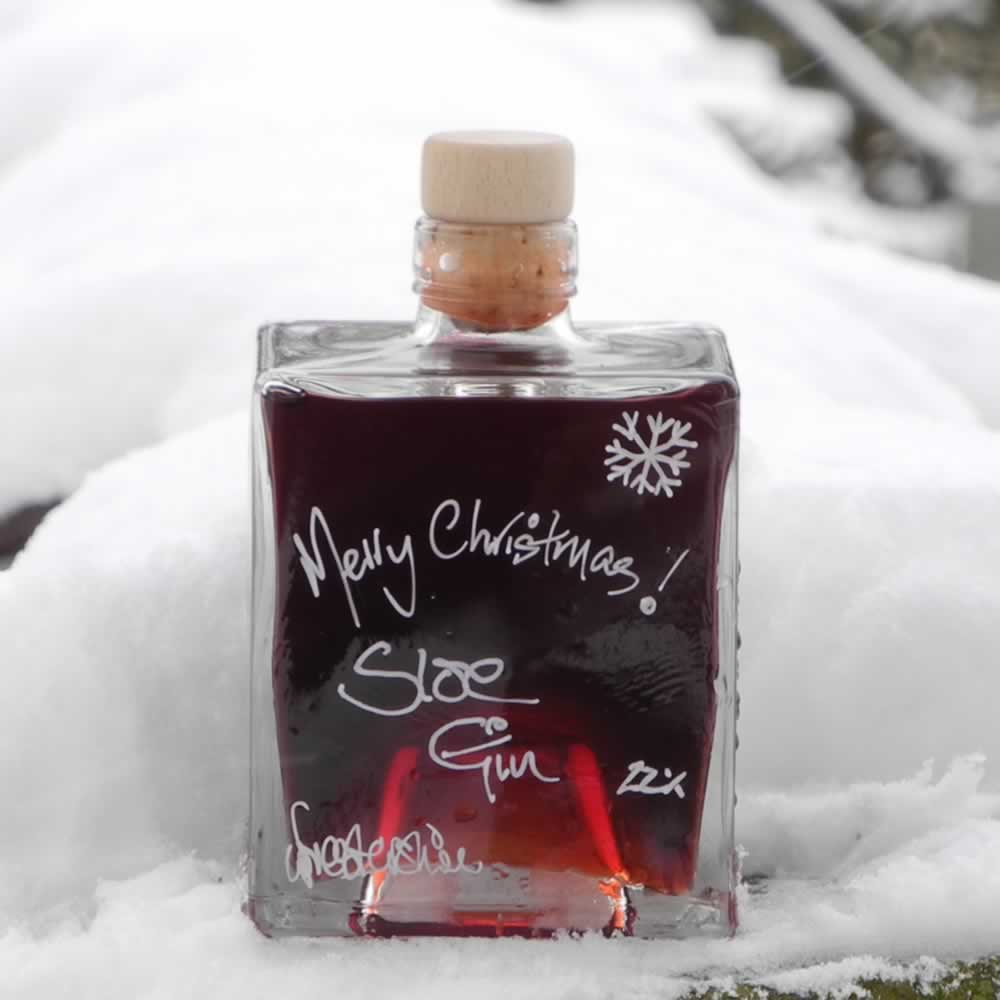Rum
Play the word association game starting with Rum and you'll be sure to hear cries of "Barbados", "Jamaica", The Navy", and "Pirates" pretty soon.
Read more about RumPlay the word association game starting with Rum and you'll be sure to hear cries of "Barbados", "Jamaica", The Navy", and "Pirates" pretty soon.
While the making of alcohol from sugar cane is recorded in China, India and Iran many centuries ago it's true nasence can be attributed to the sugar plantations of the Carribean of the 1600s where alcohol was made from fermented molasses, a byproduct of the sugar industry. Rum is now made in more than 40 different countries and is not domain specific, meaning that an enormous range of different styles all come under the Rum title.

Molasses was formed when the crushed sugar cane was boiled and cured in clay pots. The molasses seeped out of the pots leaving the sugar behind. Producing 2 pounds of sugar also created a pound of molasses and there was little use initially for this. It was reputedly slaves working in the plantations who discovered that by fermenting and distilling the molasses produced alcohol though early names of Rumbullion and Kill-Divil were applied to an alcohol described as "hellish and terrible". Fortunately for our modern Rum drinker Rum production developed to remove more of the impurities and in 1664 the Colonies' first Rum distillery was opened on Staten Island. Indeed Rum manufacture became Colonial New England's largest and most prosperous industry. Unfortunately as rum production increased so an increasing demand for molasses fuelled the triangular slave trade between Africa, the Caribbean and Europe.

Rum was further popularised once the British navy (word association game has it right once again!) adopted rum as its preferred ration over Brandy in 1655. Since the supply of Brandy was often complicated by hostilities with France it was more convenient to source Rum from the newly captured Spanish sugar cane plantations and distilleries. The rum ration remained a daily part of British Naval life until 1970.
How Rum is made
Today the molasses used in Rum production is more commonly high-test molasses produced from cane juice, not the blackstrap molasses, a byproduct of sugar production, as originally used. The molasses is mixed with approximately 4 times as much warm water and yeast is added. This mixture is allowed to ferment for 4 or 5 days until a sugar wine or beer is created. This is then distilled once in a "wash run" and then for a second spirit distillation. This spirit distillation produces "the cut", the desired spirit, only during the middle of the process. At either end of the process "high wines" and "low wines" are removed and returned to future distillations. The reserved spirit is approximately 90% abv and it is this that is diluted for bottling or casked to make aged rum.

Rum Styles
Since Rum in created in so many different locations there are many different styles of Rum
White Rum
» – This is also known as light or silver Rum and is the lightest in flavour. Generally aged for no more than a year it is really a description attributed to colour only as charcoal can be used to remove the colour from oak aged rums to create a white rum. White Rum is most desirable for cocktail making and is distinctively used in mojitos.
Golden Rum
» – This is commonly a white rum with colour added to it, often in the form of caramel, to make a smoother finish.
Dark Rum
» – Again this is a rum with additional ingredients. Traditionally dark rum has had molasses added for a sweeter flavour after the distillation process.
Spiced Rum
» – These Rums are infused with spices or tropical ingredients to add complexity, heat and sweetness. Common additions are cinnamon, vanilla, bay leaf, clove and anise.
Aged Rum
» – In aged Rum the colour often comes from the oak barrels in which the Rum has been aged. However colour can be as a result of aging a dark rum, the addition of caramel or an aged Rum can be charcoal filtered to remove any colour.
Rhum Agricole
» – This is a rare domain specific Rum made only in the French Carribean. Rhum Agricole is made from sugar cane juice instead of molasses.
Cachaça
» – A Brazillian rum made from fresh cane juice instead of molasses. As well as the styles of rum listed above, different rums can be mixed together to produce blended rum in a similar style to blended whisky and rum can be used as the base spirit for making rum liqueurs.

Read less


